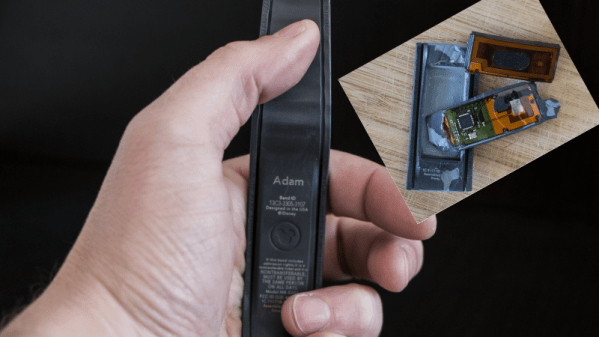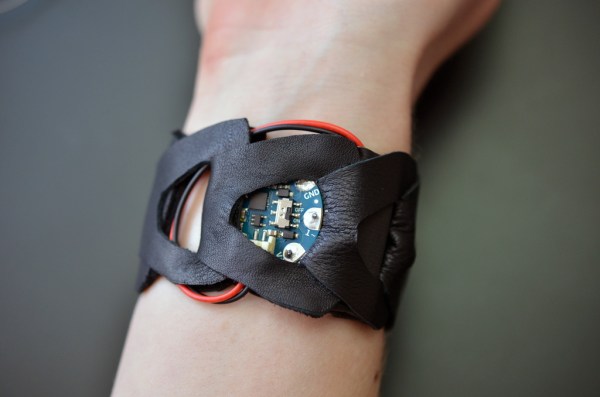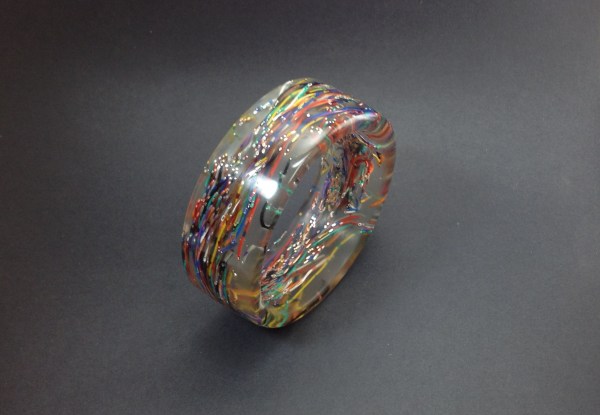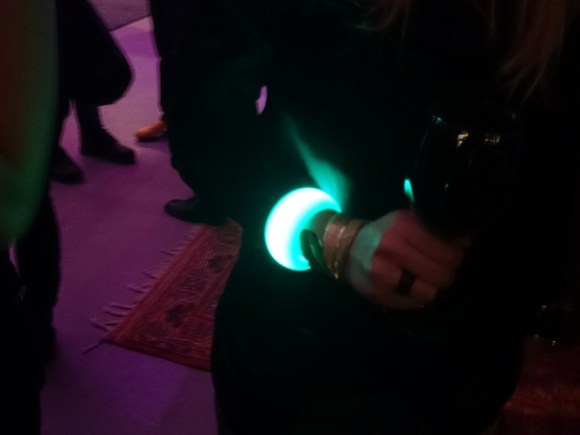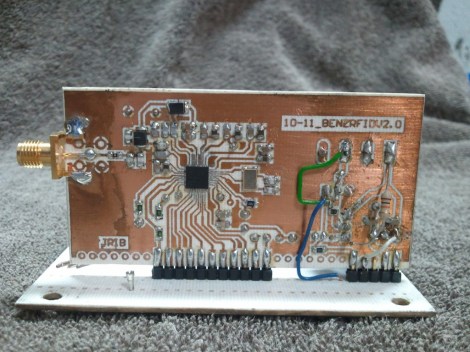If it’s been a few years since you’ve been to Disney World, you’re in for a surprise on your next visit. It seems the Happiest Place on Earth has become the Trackiest Place on Earth thanks to the Disney MagicBand, a multipurpose wristband that acts as your pass to all the Disney magic.
[Adam] recently returned from a Disney vacation and brought back his MagicBand, which quickly went under the knife for a peek at the magic inside. It turns out the technology is fairly mundane — a couple of flex PCBs with trace antennas and the usual trappings of an RFID transponder. But there’s also another antenna and a chip identified in a separate teardown as an NRF24LE1 2.4 GHz transceiver and microcontroller. The whole thing is powered by a coin cell, meaning the band isn’t just being interrogated by RFID – it’s actively transmitting and receiving.
What exactly it’s doing isn’t clear; Disney was characteristically cagey about specifics when [Adam] looked into the details, saying only that the bands “provide information that helps us improve the overall experience in our parks”. If you put aside the privacy concerns, it’s truly mind-boggling to think about the systems that must be in place to track thousands of these MagicBands around the enormous Disney property. And we can’t help but wonder if some of Disney R&D’s EM-Sense technology is at work in these wearables.
Thanks to [JohnU] for the tip.

